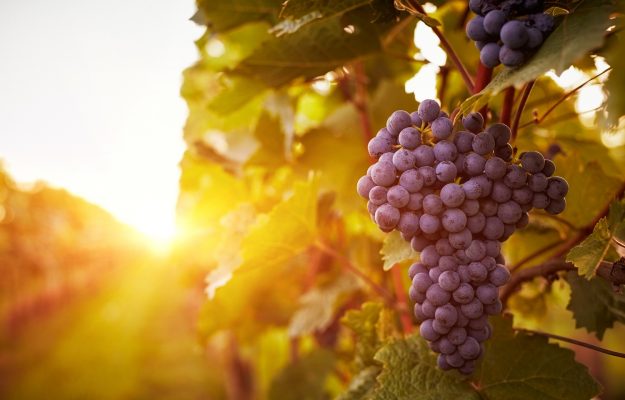We have climate warming on one hand, market demands on the other, and viticulture - in other words, wine - in the middle. Over the past few decades, alcohol content has continued to increase consistently, which is plain to see by reading the back labels on bottles of wine and Liv-ex has done just that. They have cataloged around 35.000 bottles since 2020, based on alcohol content as well. Once the data has been put into the system, it narrates a not at all obvious trend spanning a 30 year period, in relation to the major wine territories around the world, i.e., the star players on the index that analyzes the fine wines trends on the secondary market: Bordeaux, Burgundy, Tuscany, Piedmont and California.
The result is not obvious, however. Considering the three decades analyzed, the red wines of Bordeaux have experienced a constant increase in alcohol content. The average in the 1990s was 12.8 percent, increasing to 13.4 percent in the 2000s, and then to 13.7 percent in the last decade, which is almost one percentage point within 30 years. It would seem that increases in alcohol content is inevitable, but this is not the case. Agriculture is able to offer a variety of answers to the challenges global warming poses. For instance, managing the canopy, managing grape harvest times, containing and managing the sugar content of the grapes, and therefore the alcohol content of the wines can be controlled. There is more, as it is possible to intervene even in the winery; for instance, the choice of yeasts or deciding not to use concentrated musts. In Burgundy, land of Pinot Noir and of wines that have made elegance their stylistic code, the average alcohol content increased very little between the nineties and the 2000s, to just above 13 percent, and then there was an imperceptible decrease in the 2010s of the Third Millennium. The trend is similar in California, where, though, there is a definitely different starting point. In the nineties, Napa Valley wines on average increased well over 13.5 percent, and then jumped to over 14.5 percent the following decade, to return to a decrease over the last ten years, remaining at 14.4 percent.
In Italy, the Regions of Piedmont and Tuscany confirm the Californian trend. The Langhe (but not only), in the nineties, alcohol content averaged around 13.9 percent, which increased to 14.3 percent in the first decade of the 2000s; therefore, essentially stable values over the last decade. In the vineyards of Brunello di Montalcino, Chianti Classico and Bolgheri, however, the alcohol content in wines was slightly lower, starting on average, at 13.7 percent of alcohol in the nineties, increasing to 14.1 percent in the following decade, and then to 14.2 in the past decade, basically on the same levels as Piedmont wines.
Managing climate change in the vineyard is one of the greatest challenges, from the point of view of vine and grape diseases, and especially from the point of view of a market that in the USA for at least two decades demanded wines of a significantly high alcohol content. Today, instead the US market prefers less potent, more elegant wines and, therefore, containing lower alcohol content. We must also remember that the European Union allows a margin of error on rounding out alcohol content of 0.5 percent, while in the USA, instead, the margin is 1 percent for wines above 14 percent and of 1.5 percent for wines below 14 percent. “This is an amazing picture of the significant changes taking place in some of the world’s most important wine regions”, said Justin Gibbs, co-founder and director of Liv-ex. “The wines that we have analyzed represent the wines traded on Liv-ex, which include a wide range of wines, mostly fine. As the higher end of the market typically sets the benchmark for the rest of the market, this same pattern will probably repeat itself throughout the wine value chain”, remarked Gibbs.
Copyright © 2000/2025
Contatti: info@winenews.it
Seguici anche su Twitter: @WineNewsIt
Seguici anche su Facebook: @winenewsit
Questo articolo è tratto dall'archivio di WineNews - Tutti i diritti riservati - Copyright © 2000/2025









































































































































































































